Creating a Garden
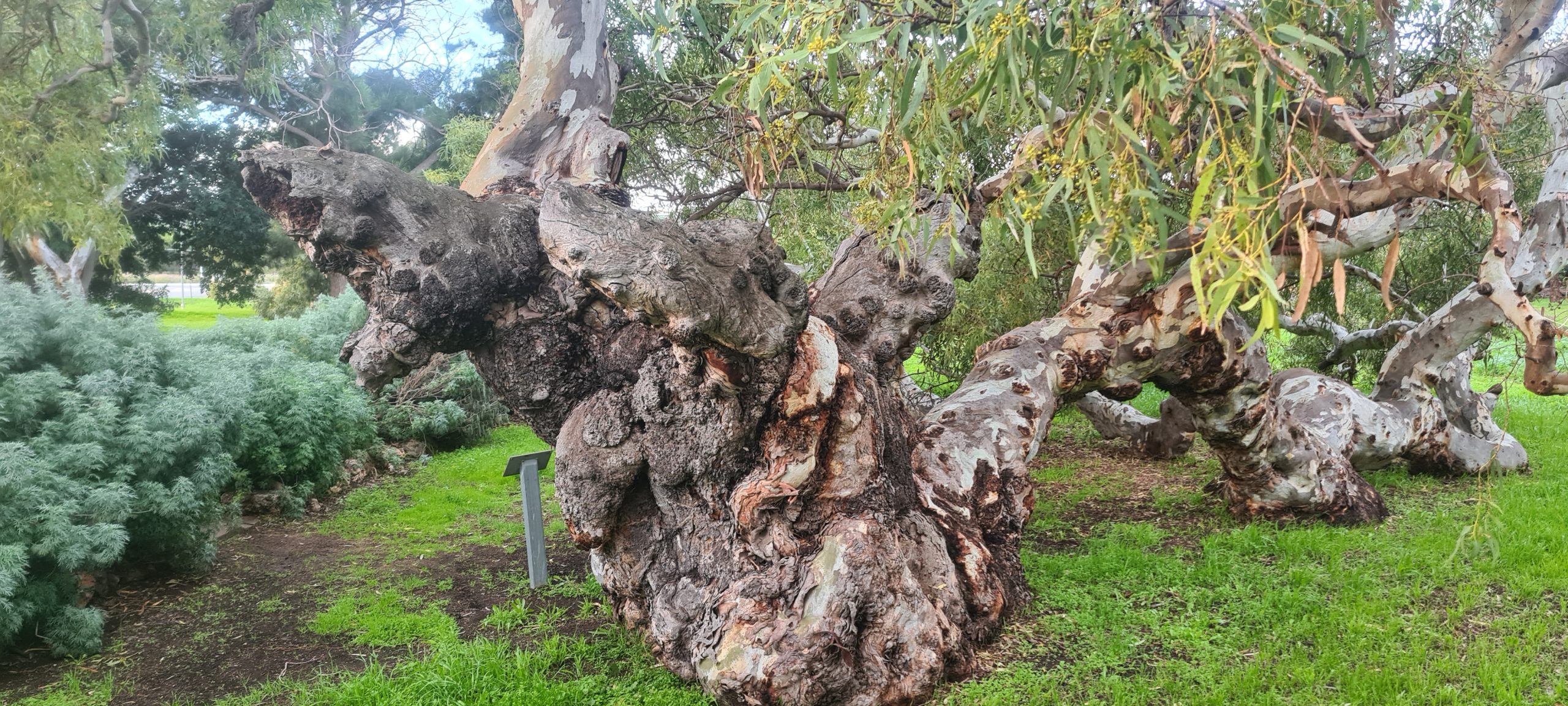
The only plant predating European development of our gardens is this ancient River Red Gum, to be found growing just outside the east garden wall.
This gum tree (Eucalyptus camaldulensis) is reputed to be between 600 and 1000 years old.
We don’t know much about the gardens of Home Cottage during the Maley residency.
The garden walls were built by Thomas Mayo an expiree bricklayer in 1863. He also lined the garden well, (never a supplier of good water).
Fruit trees were planted inside the eastern wall (an orange tree survives)
The pepper trees were planted c1877. Also planted at the same time was a cotton palm that prominently stood for many years in the front garden.
Elizabeth Maley proudly exhibited the produce from her garden. At the 1889 Greenough Show she was judged to have the best show of garden flowers. In 1900 Elizabeth won first prizes for her 3 Pot Plants (only entry) and Collection of Garden Flowers (2 entries) at the Greenough Floral and Industrial Exhibition. Also that year at the Geraldton Floral Art & Industries Exhibition held in September and at the Greenough Show held in October she won prizes for her Roses and for the Best Collection of Cut Flowers.
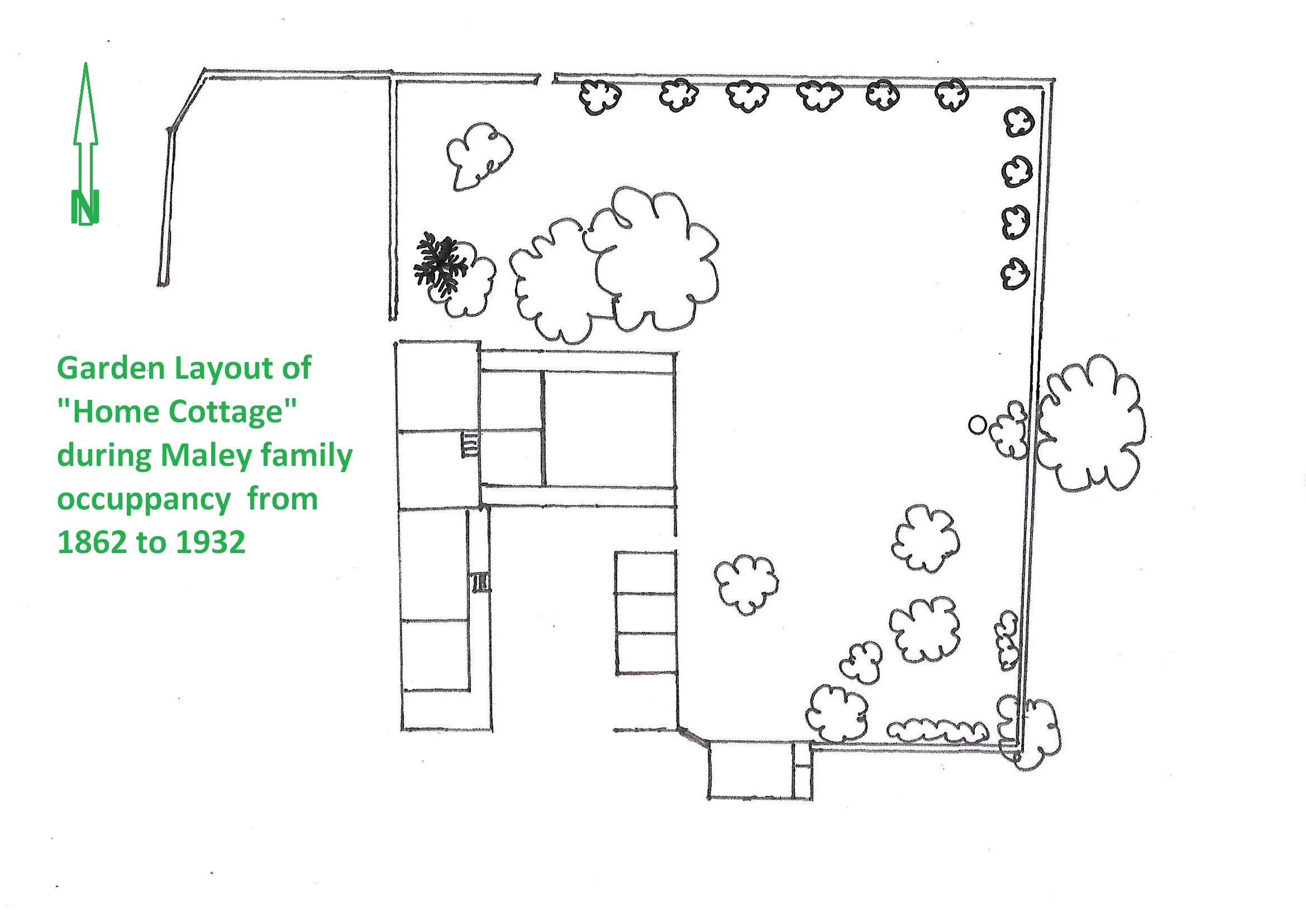
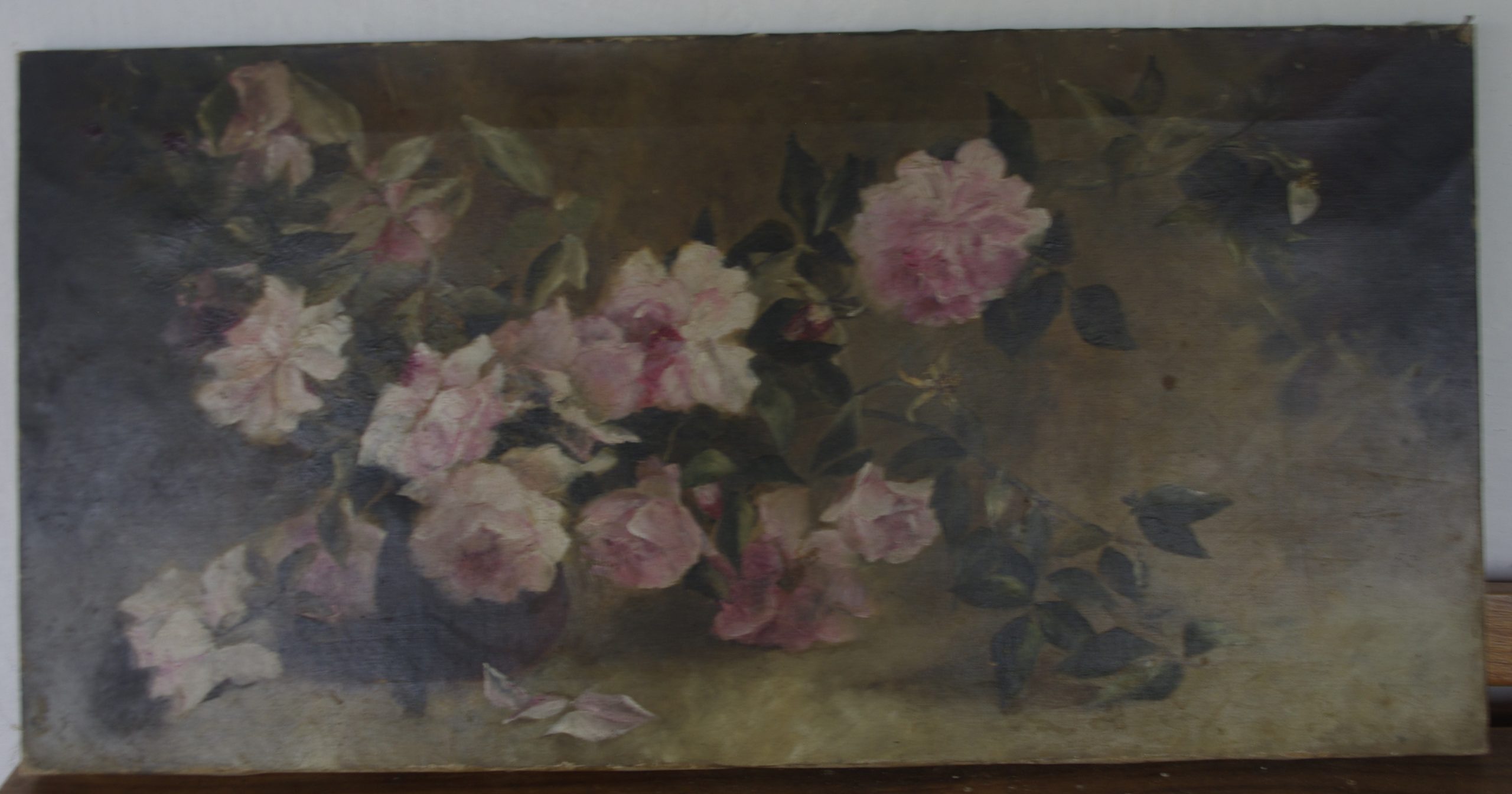
John & Elizabeth’s son, Henry continued improving the garden.
He recorded alterations in his diary. The former men’s quarters were demolished and the bricks used to pave the garden. Roses were planted in July 1911 following his marriage to Mabel Bateman.
The improvements continued the following year:
1 July 1912 Self planting couch grass in the yard. Note the almond tree at bottom of house garden wall commenced to blossom a week ago.
18 Aug 1912 Weeding and cutting lawns all day and made trellis for seven year bean.
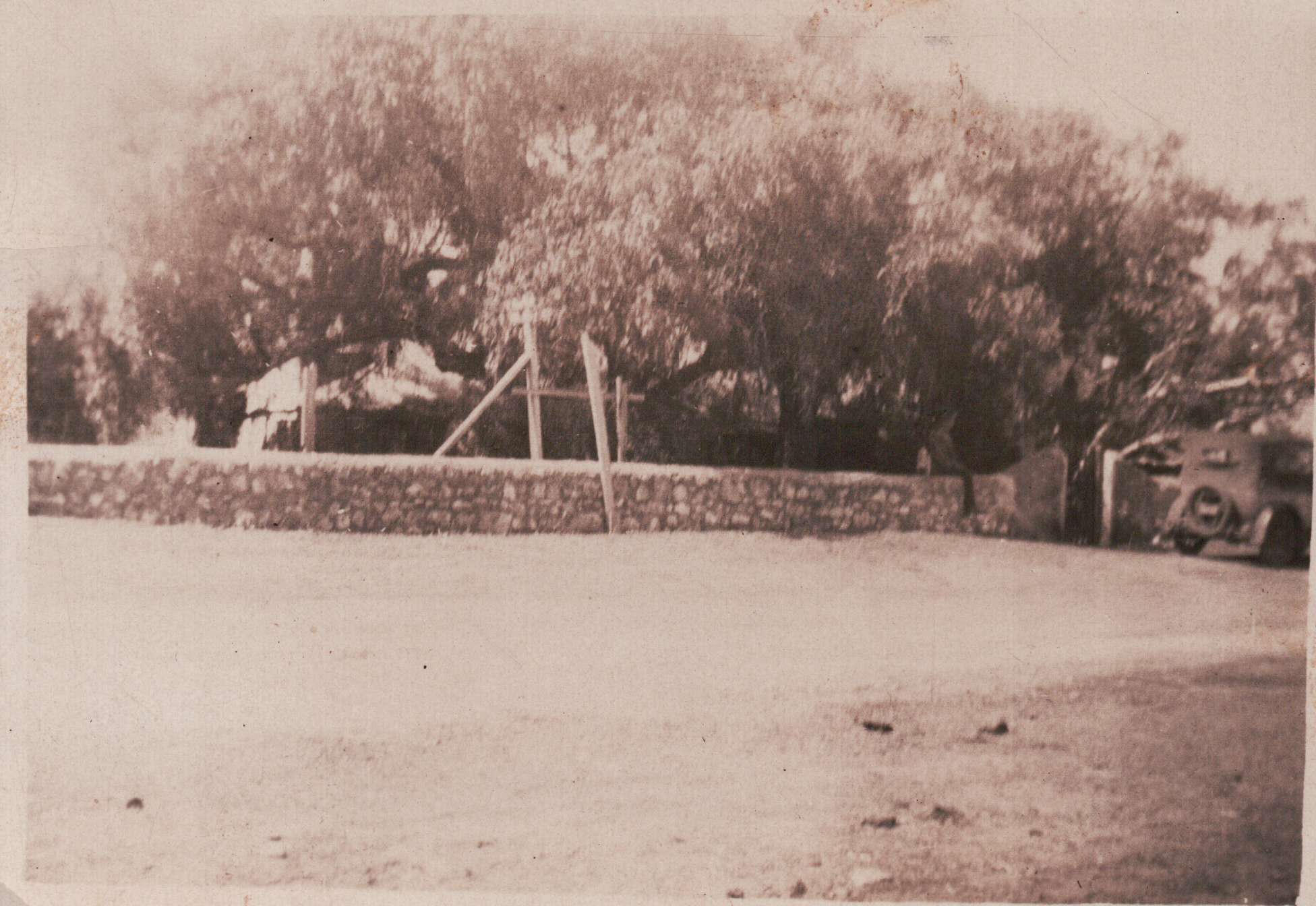
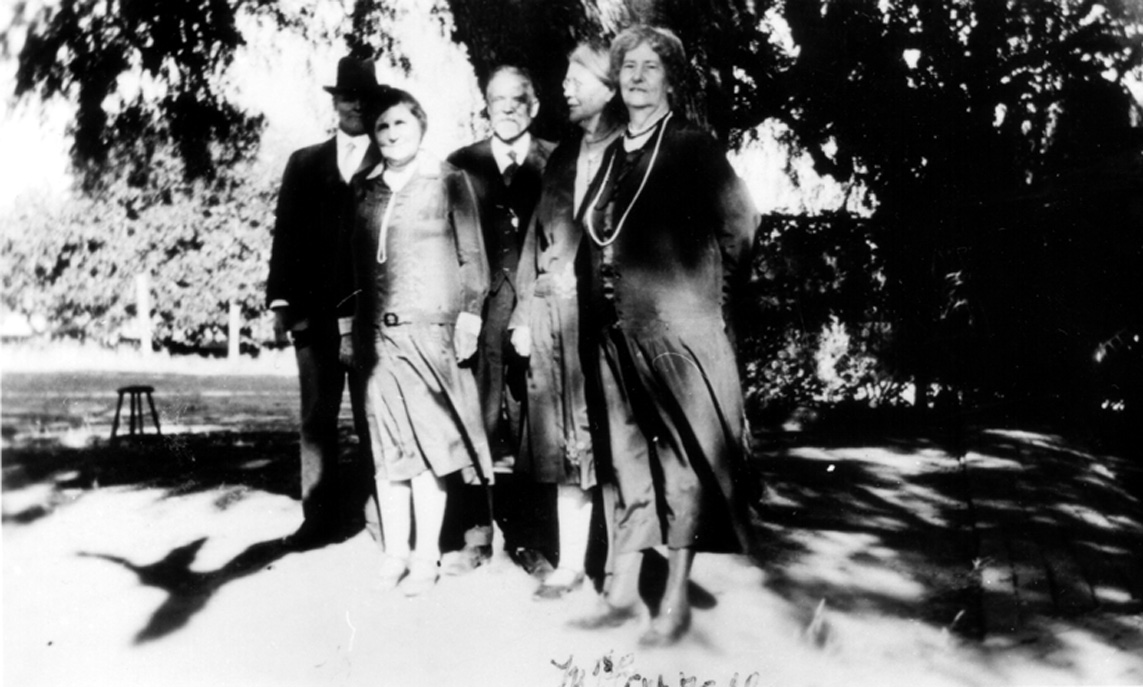
Colin, Henry’s son, planted a gum tree in the south-east corner of the gardens in the 1920s.
Joy Clinch visited Home Cottage at that time and remembered the welcome shade provided by the pepper trees, and the bare earth yards kept clean by vigorous sweeping with tea-tree brooms.
Fred and Nellie Rudduck brought the Maley property in 1932 and re-named it “Wonga Park.”
For the Rudducks making the farm profitable was more important than maintaining an extensive garden.
We do know Fred Rudduck grew potatoes and tomatoes as he won first prize for his potatoes at the 1933 and 1934 Greenough Shows, and prizes for his tomatoes at the Anglican Guild flower shows in 1947, 1952 and 1953.

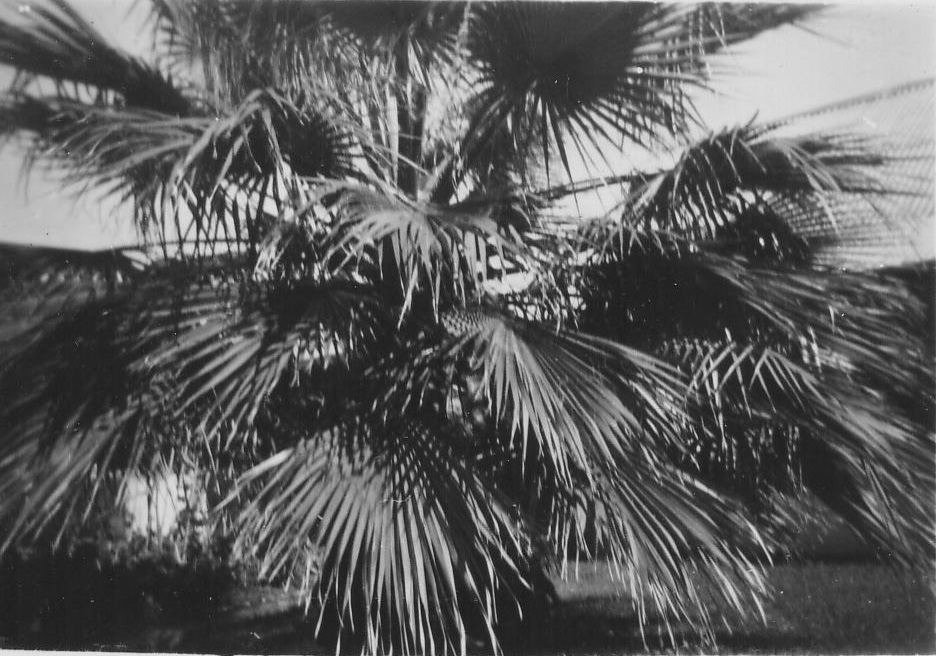
The cotton palm was planted in the courtyard in the late 1940s. Then in the late 1950s, Fred’s grandson Peter planted the tuarts in the Machinery Yard, and the tamarisks to the south of the property.
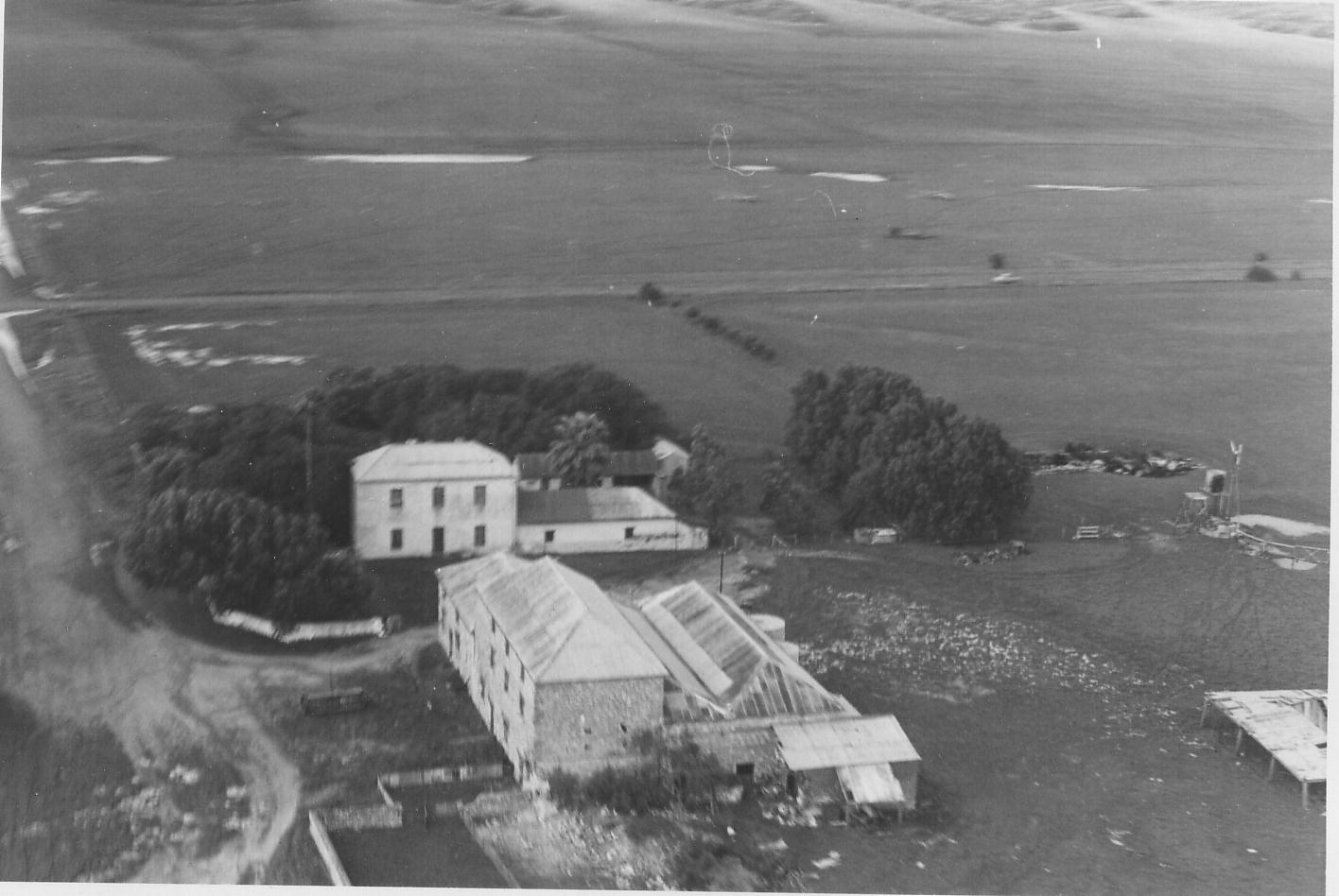
A museum was established in part of the house in 1966 by the Geraldton Historical Society. In 1971 the house was purchased by the Shire of Greenough and re-branded the Pioneer Museum.
Shortly after, the fig trees that grew along the east garden wall were removed by members of the Geraldton Historical Society. In the 1970s tuarts were planted along the southern boundary, and a Hill fig, carobs and other trees to the east of the garden.
Gardening was made easier with the provision of scheme water in the late 1990s.
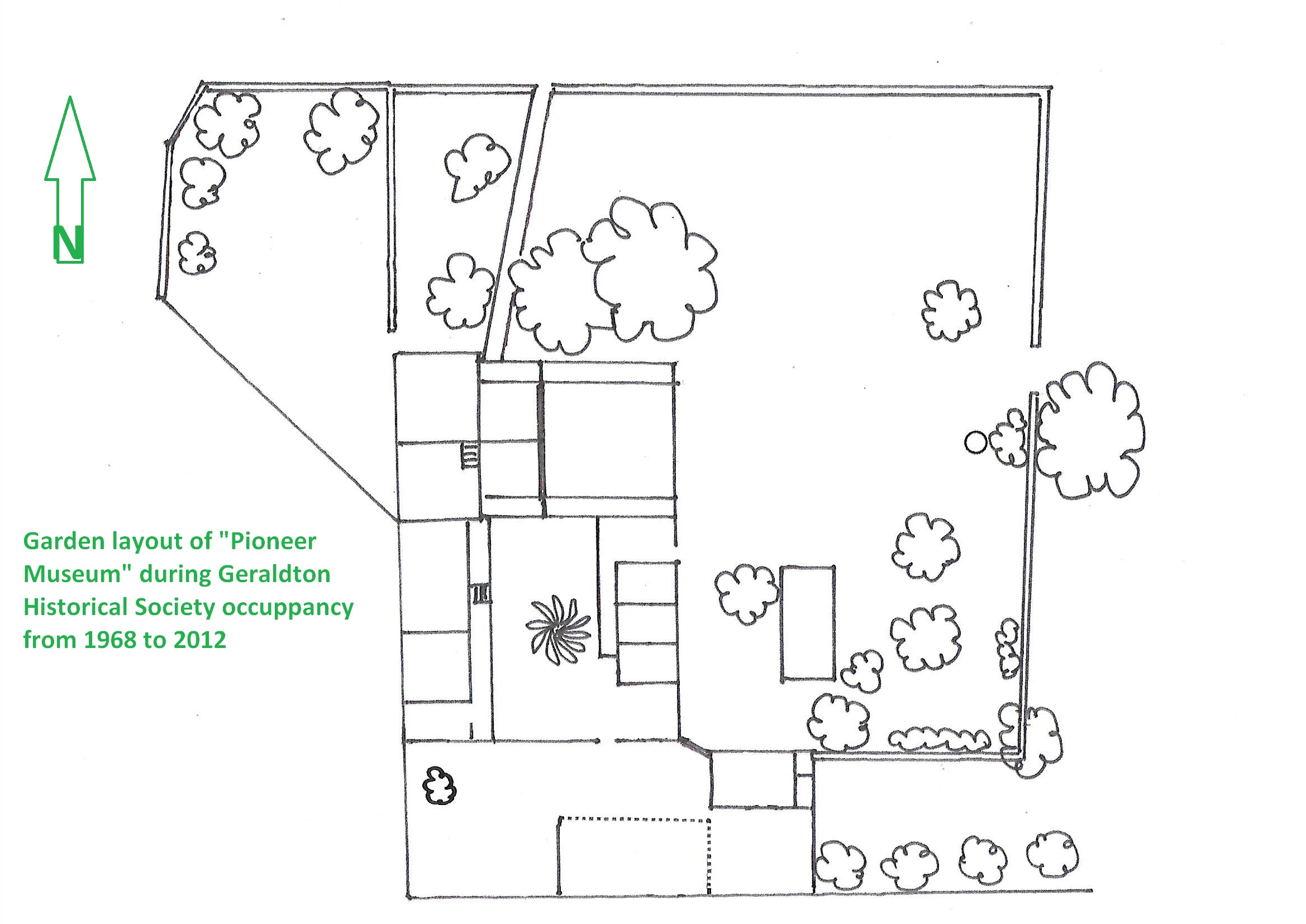
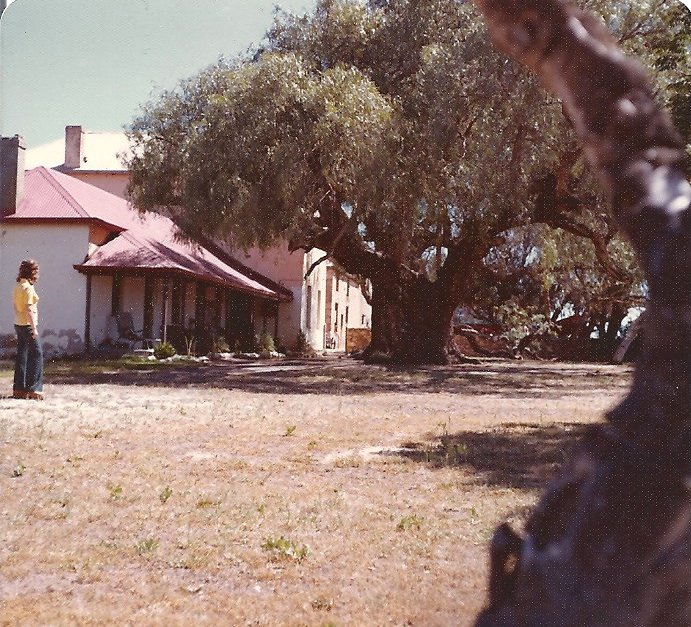
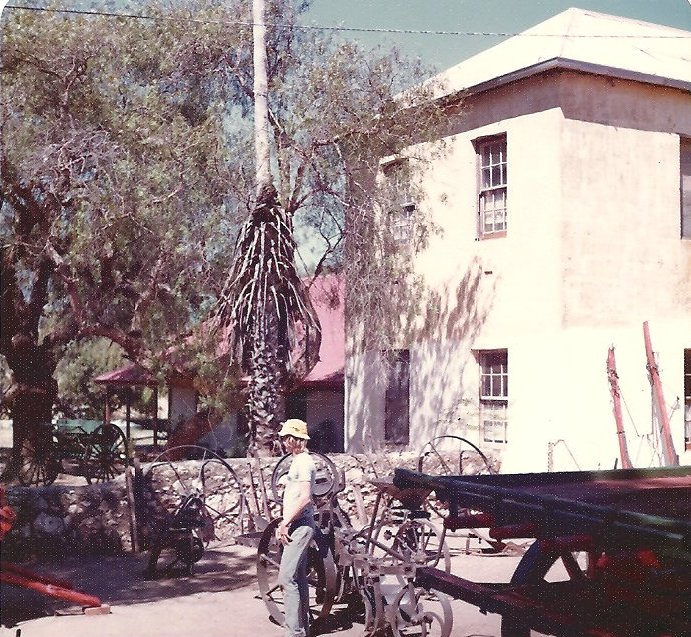

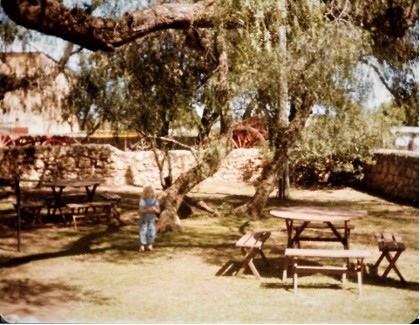

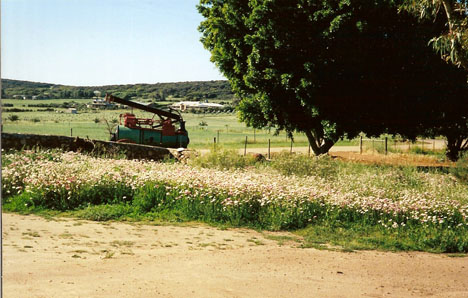

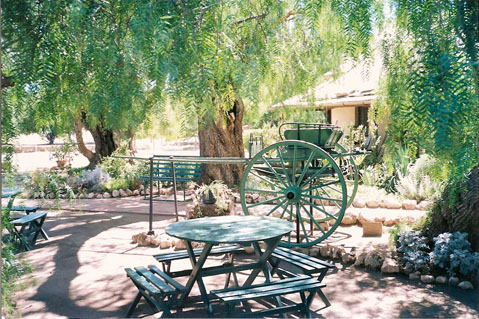
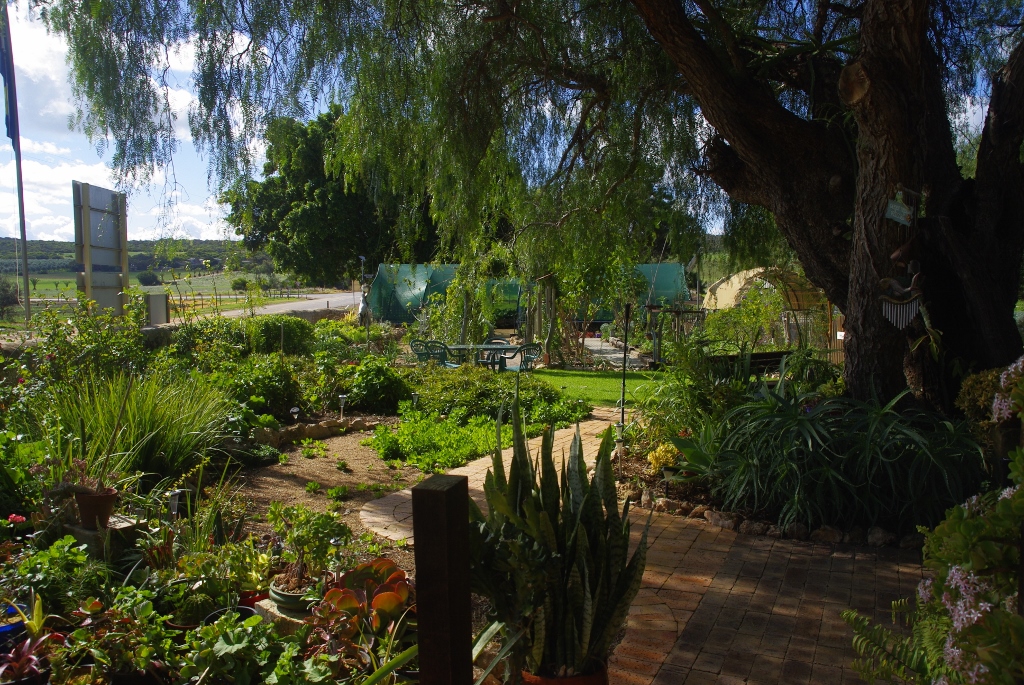
The lease of the museum was transferred in October 2012 to the Community Group of Greenough (now renamed the Greenough Museum & Gardens Community Association).
Large parts of the front garden which were previously part of the caretaker’s domain were opened up to the public. This section was named Elizabeth’s Garden in 2013 in honour of Elizabeth Maley.
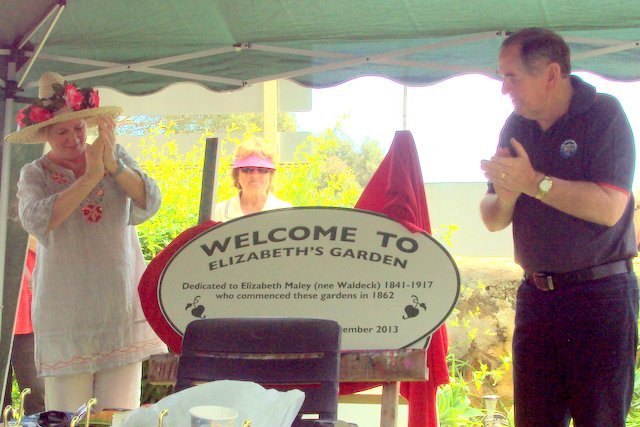
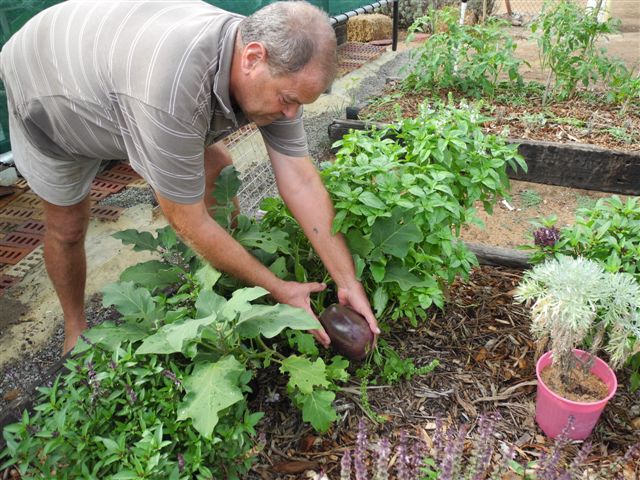
A Community Veggie Garden established in the N-E corner was officially opened by Sabrina Hahn in September 2013.
With assistance from the Greenough Regional Prison, two shade tunnels were erected, and paths concreted.
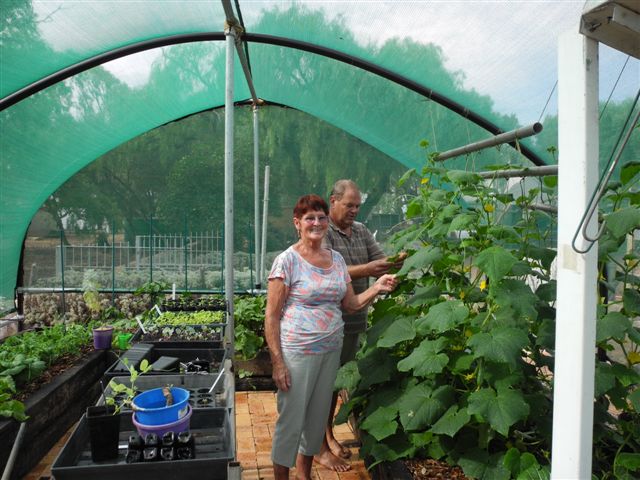
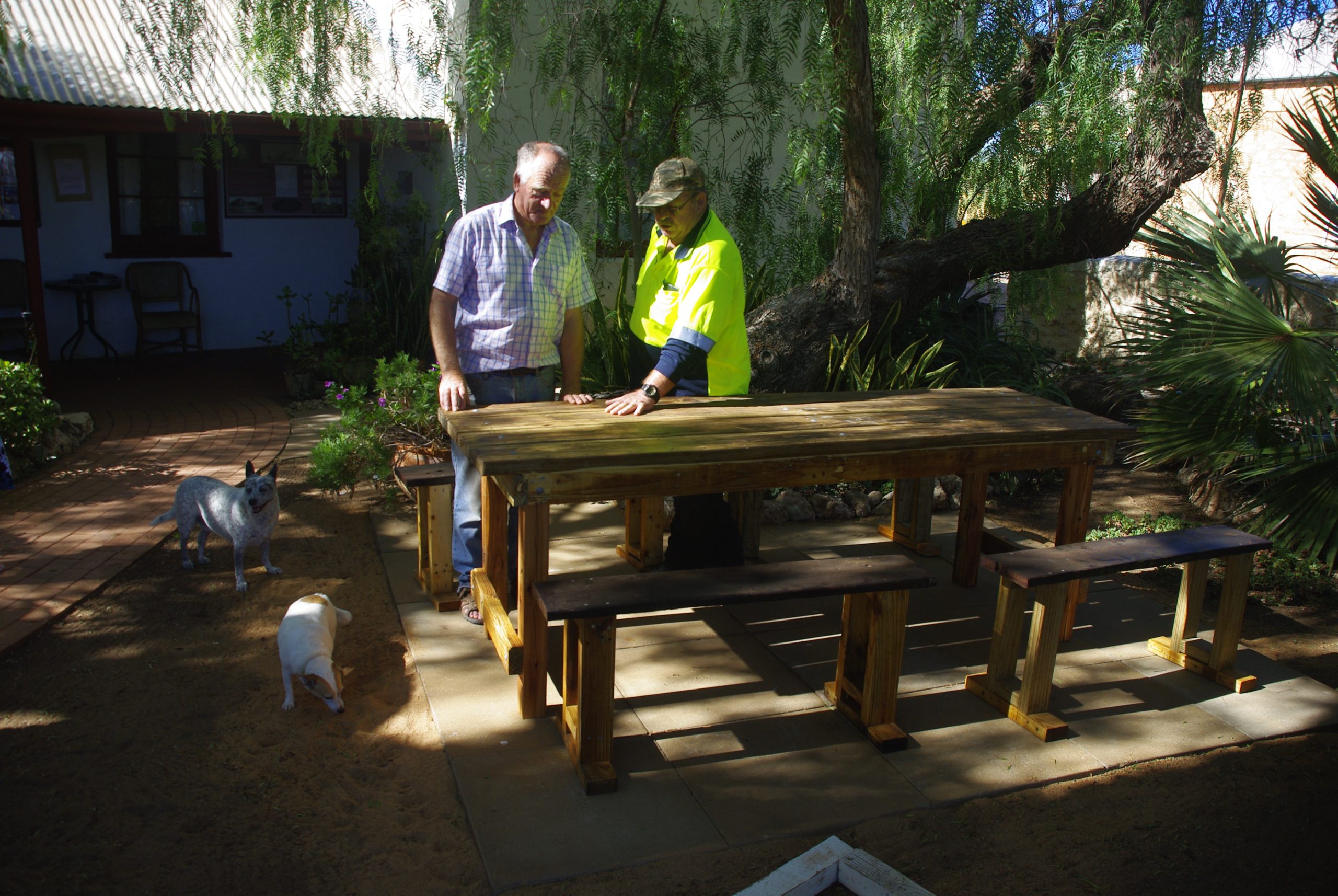
MEEDAC have also assisted by constructing a picnic table and benches, archways and other seats for the gardens.
The gardens have proved to be popular places for people to come to celebrate birthdays and other significant occasions.
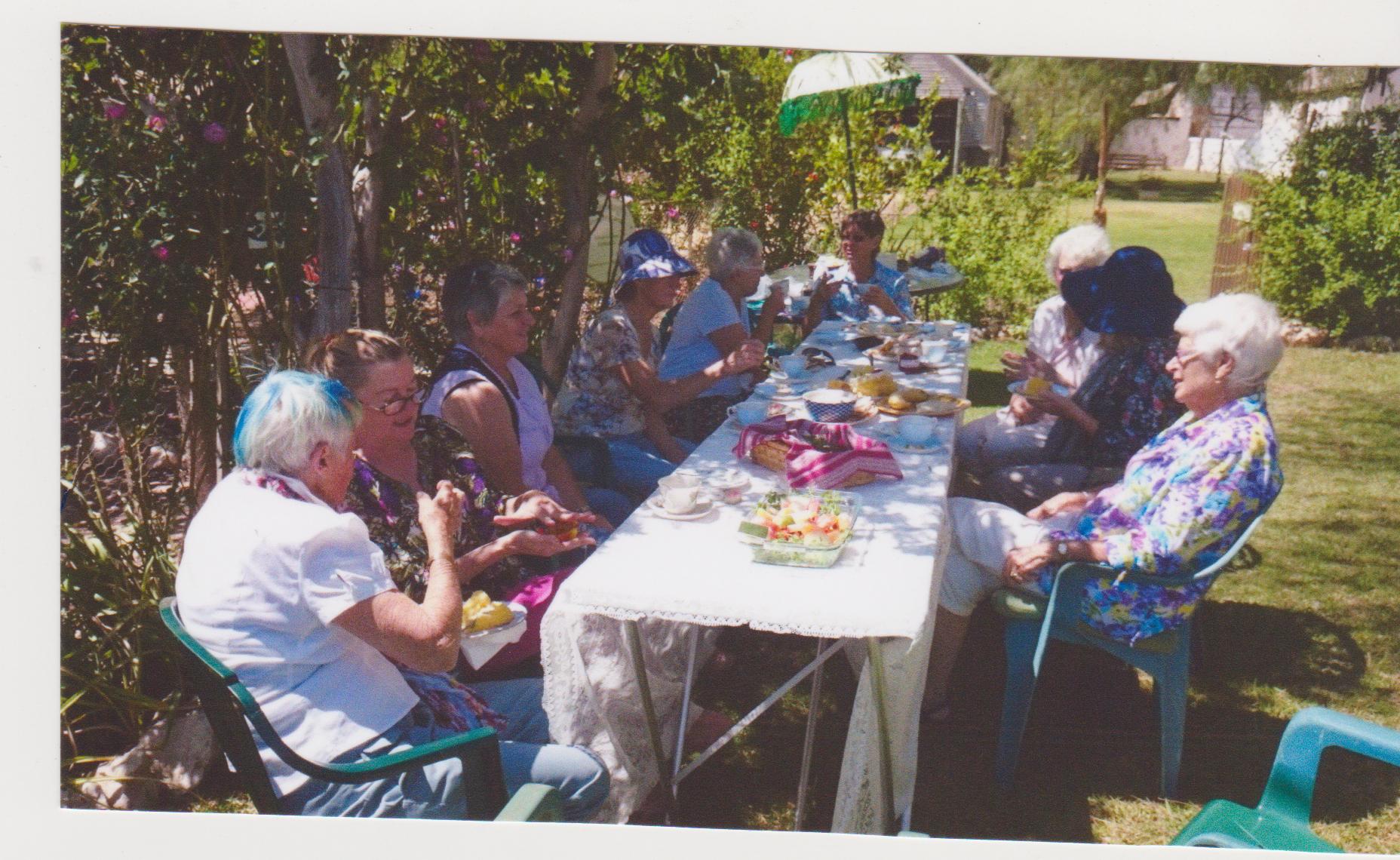

To support the upkeep of the gardens, volunteers grow plants for sale here.
The gardens are also available for hire for private functions.
You are welcome to enjoy these gardens at any time.

